Modern Day Services In-Person or Online
Live streaming services can create a host of opportunities for those who might otherwise be unable to attend, but can also present challenges.
Dave Schechter is a veteran journalist whose career includes writing and producing reports from Israel and elsewhere in the Middle East.
“By the seventh day God had finished the work he had been doing; so on the seventh day he rested from all his work. Then God blessed the seventh day and made it holy, because on it he rested from all the work of creating that he had done.” – Genesis 2:2-3
“To set apart one day a week for freedom, . . . a day on which we stopped worshiping the idols of technological civilization . . . is there any institution that holds out a greater hope for man’s progress than the Sabbath?” – Rabbi Abraham Joseph Heschel, “The Sabbath: Its Meaning for Modern Man” (1951)
Some years ago, Rabbi Brad Levenberg received a call from a young man whose wedding day at Temple Sinai in Sandy Springs was approaching.
“Rabbi, I know our wedding is this weekend, but I wanted to let you know that we are in Tennessee at the bedside of my father. He is dying and we do not know if he will live a few more hours, much less a few more days,” Levenberg recounted the groom saying.
The couple decided to go ahead with the wedding as planned. Because of the technology, “Two days before his death, video streaming enabled Temple Sinai to provide a dying father with a beautiful gift at the end of his life: the ability to watch his son be married,” Levenberg said.
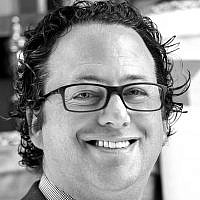
The live streaming of worship services, made possible by those “idols of technological civilization” to which Heschel referred, is no longer a novelty but a relatively common practice at non-Orthodox congregations, including at several in Atlanta.
As with much in Judaism, the permissibility of live streaming of worship depends on whether you apply interpretations of religious law handed down through the ages to modern circumstances that could not have been foreseen when those judgments were made.
Orthodox Judaism eschews live streaming, viewing it as a violation of the Sabbath.
“The reason for this is because live streaming would involve violating Shabbat prohibitions to do so, said Rabbi Adam Starr of Young Israel of Toco Hills, which is changing its name to Ohr Hatorah of Toco Hills. “Halacha (Jewish law) dictates that we do not actively make use of electricity on Shabbat. Therefore, both operating a camera to film the service and a person using a computer to watch the service would entail prohibited activities on Shabbat.”
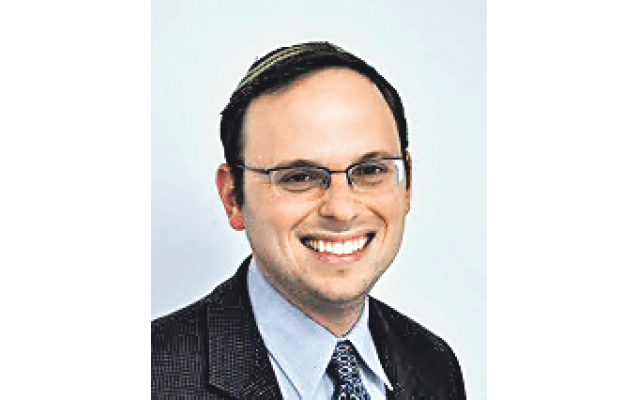
The Talmud specifies 39 forms of labor that are prohibited on Shabbat. Some rabbis link the use of electricity to the prohibition in kindling a fire, as written in Exodus 35:3,“You shall not light a fire at home on the Sabbath day,” while others cite a prohibition on altering an existing substance or creating a new entity, Starr said.
To view an Orthodox service, one must attend an Orthodox service. “Beyond the technical prohibitions, the power of communal prayer is being physically present as part of the community. It’s one of the few vestiges left in our lives that we are blessed to experience without a screen,” Starr said.
No one interviewed for this article discounted the power of communal prayer, but for the infirm or the elderly unable to travel, or the student living away from the congregation of their youth, or family members unable to attend a simcha, live streaming makes it possible to feel present, albeit virtually.
The Conservative movement’s Committee on Jewish Law and Standards several years ago ratified a paper that said, “Refraining from operating lights and other permitted electrical appliances is a pious behavior,” but not one deemed mandatory.
The paper further stated: “Recording text, sound, images or other data with an electronic device is forbidden as toledat koteiv, a derivative form of writing. Sabbath and Yom Tov operation of any electronic recording device, camera, computer, tablet, or cellular phone is forbidden by this standard.”
In the same paragraph, however, the document added that “Automation may be employed prior to Shabbat to set some such processes in motion, but even here one must be cautious about the temptation to make adjustments to such devices, as well as their capacity to undermine the distinct atmosphere of Shabbat.”
Rabbi Analia Bortz of Congregation Or Hadash, a Conservative synagogue in Sandy Springs, said it live streams services. “The recording is pre-set before Shabbat and turns off after Shabbat. No Halachic conflict. Live streaming services allows home-bound people and long-distance relatives that are not being able to be present at a simcha to participate in some way.”
Or Hadash will be “moving home” for High Holy Day services this year, from its previous use of the Marcus JCC, allowing for the option of live streaming for worshippers to “participate in absence,” though Bortz said a decision had not yet been made whether to live stream during the High Holy Days.
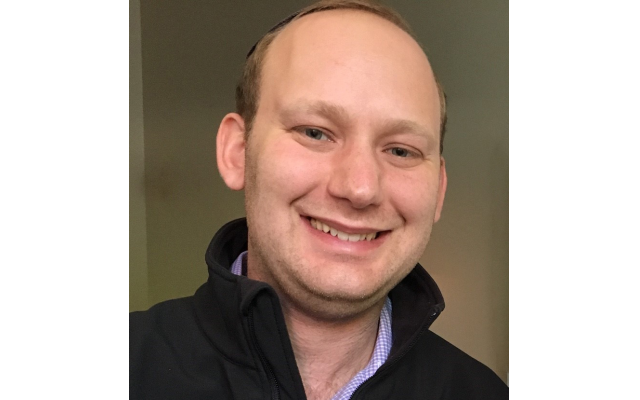
Congregation Etz Chaim in Marietta does not live stream services. But as its sanctuary is renovated, “We are looking into this as a real possibility for the not too distant future,” said Rabbi Daniel Dorsch. “Seeing the positive ways in which live streaming affects the lives of those with mobility issues, we are now in the research phase of finding services and cameras with timers that may be automated and Shabbat-friendly, in keeping with the Conservative movement’s guidance.”
Ahavath Achim Synagogue has live streamed services for several years, including High Holy Days. “We have had a lot of feedback from people who are unable to attend services due to illness or similar, as well as people who wish to participate in events and simchas from out of state and out of the country. They are extremely appreciative and grateful,” said Barry Herman, executive director at the Conservative congregation in Buckhead.
Temple Sinai has live streamed services for a dozen years. The Reform congregation offers Friday evening and Saturday morning worship, as well as b’nai mitzvah, lifecycle events, and High Holy Day services. “Our first streamed service coincided with a massive ice storm in Atlanta, so we actually left an away message encouraging folks to stay home instead of braving the treacherous roads and to tune in online,” said Rabbi Levenberg.
“We have the most viewers on the High Holy Days and folks tune in from all across the country. Other higher-viewed services are lifecycles, due in large part to family geography, lack of mobility, or, in cases of funerals, the rapid nature that these events get planned, which cause many to be unable to attend,” said Shelly Dresdner, Temple Sinai’s associate executive director. “The feedback we receive is very positive and we are constantly updating the video quality and sound to ensure a positive experience. For the [High] Holy Days, we lend prayer books to those unable to attend in person so they can follow along.”
On one hand, there is the argument that the ability to watch online might discourage people from attending services. The counter-argument is that online access might attract the sought-after millennial and Gen Y generations to brick-and-mortar synagogues.
“Regarding the fear of disincentivizing attendance, … if we have the capacity to reach and serve more members of our community, we absolutely want to try and do so,” Levenberg said. “And if members of the larger Jewish community who have not yet found their way to a synagogue – whether due to geography, finances, lack of mobility, or interest – are also able to enjoy and benefit from our live streaming services, all the better. This is just one way we can actualize the dictum ‘Kol Yisrael aravim zeh b’zeh’ – all of Israel is responsible one for the other.’”
The Temple in Midtown has live streamed services since 2014, both Friday night and Saturday morning Shabbat services, as well as Rosh Hashanah and Yom Kippur services.
“During High Holy Days we have had as many as 200 people watching at one time. The numbers constantly fluctuate as people log on and off. That said, we have well over 1,000 views as people watch the archive to view at a time convenient for them and/or wish to review certain parts of the service,” said Mark Jacobson, The Temple’s executive director. “We have wonderful feedback ranging from members who are out of town, ill and unable to attend,” as well as “college students who send screenshots to their parents during the High Holy Days letting them know that they are participating.”
Temple Emanu-El in Sandy Springs live streams its Friday night services and most Saturday mornings, and will do so on Rosh Hashanah and Yom Kippur. “People enjoy having the opportunity to stream services. It allows them to stay connected spiritually even if they are not physically in the building. I think that most people want to be in the building for services. I find people that are live streaming services usually cannot attend because they are out of town or have a physical ailment,” said Stephen Blick, Emanu-El’s executive director.
Rabbi Steve Lebow recalled that the first time Temple Kol Emeth in Marietta live streamed a bar mitzvah service “was because the uncle of the bar mitzvah was in Zaire doing Ebola response and could not leave Zaire. So he got to watch his nephew’s service online!”

Josh and Fern Loory were the 30th member-family when they joined Kol Emeth in 1987. When they moved to Orlando in 1991, the congregation counted 300 families.
“Being members of TKE was truly a once-in-a-lifetime experience,” Josh Loory said. “For the first time in my life, I wanted to go to services every Friday night. Leaving our friends in Atlanta and our TKE family was extremely hard” and the Loorys never settled into synagogue life in Orlando.
“When I found out that TKE was streaming services, I logged on. Over the years I have invited Orlando friends to join us for a high holidays dinner and TKE watch party.” Today the Loorys can watch on a 55-inch ‘smart’ television. “It’s almost like being there, but I don’t have to wear a suit and tie,” Josh Loory said.



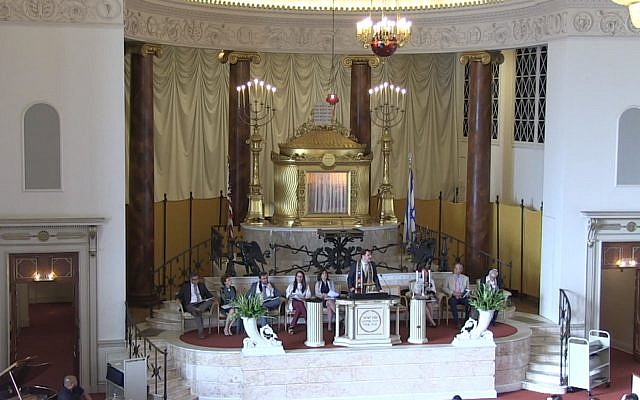
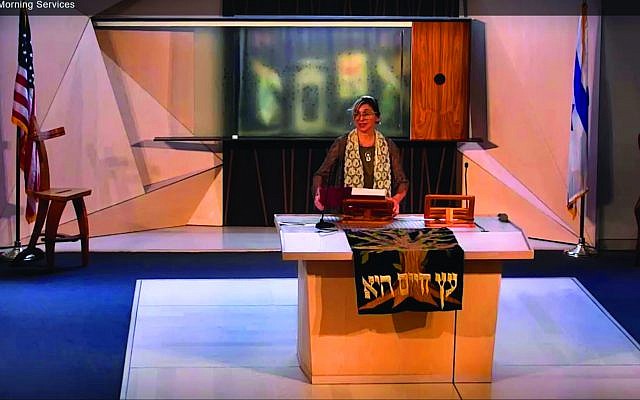
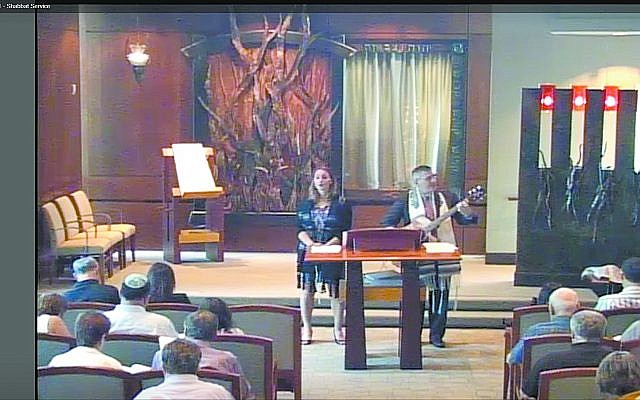
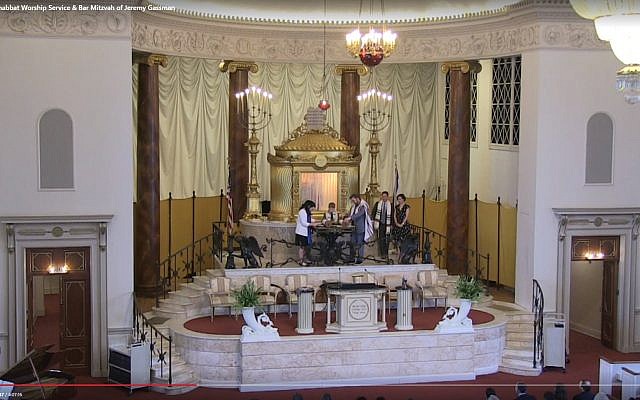
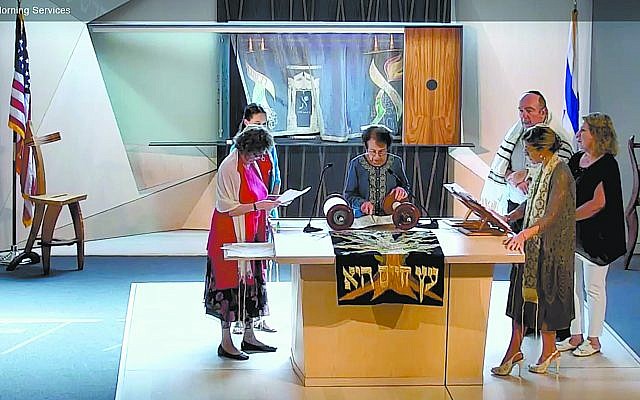
comments